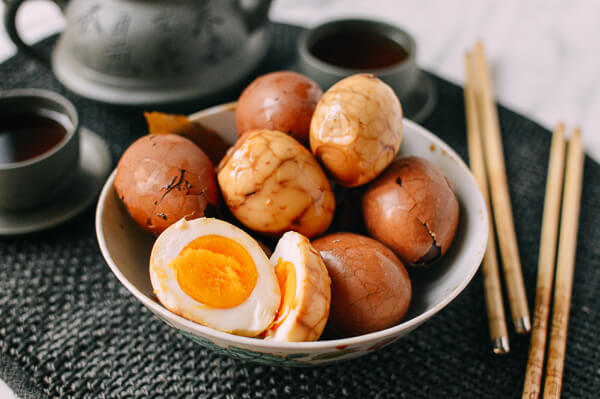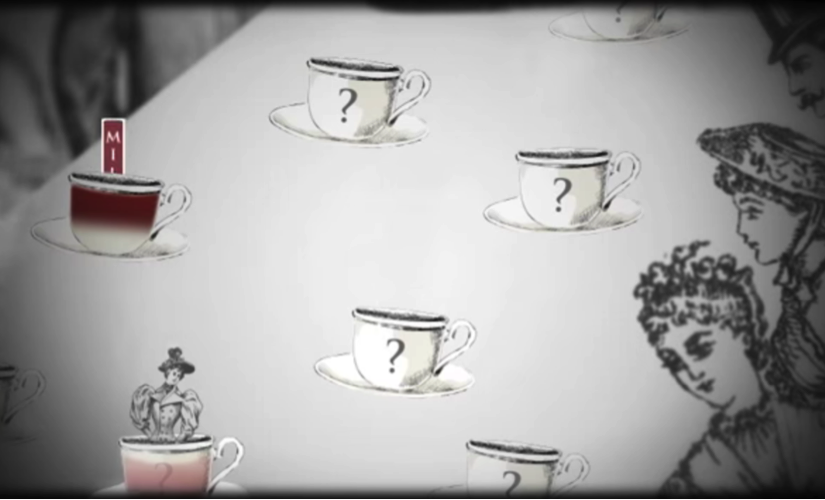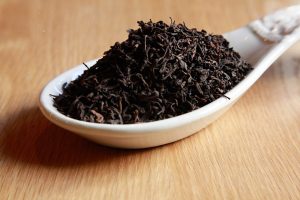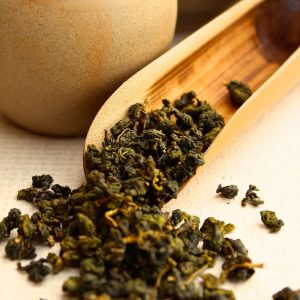Our second tasting lab was about spices, salmon, and politics. It correlated with Newmans chapter on spices.
We prepared salmon lox together, and I was in charge of preparing the sweet lox. I used two parts sugar, one part salt, star anise, nutmeg, and caradamom, and was enjoyed the next week at our class potluck.
I have never prepared salmon in this way, so it was exciting to participate in this process. It was also exciting to see the way Annie tied current political events, cultural norms, and spices together.
She asked us two questions on her handout:
1- Do you think the hearth still has a central role? What will a hearth look like in 2020? Kitchen talk?
I think the symbolism of hearth still has a very central role. Its stage time and physicality have changed over the years but there is still a source of heat that gathers everyone together. I believe the hearth still has its part, but its stage time is much shorter now. The microwave and stove have changed our paces.
I think a hearth will look similar to a microwave. Or maybe it will be some sort of nutrient reader that tells you what nutrients you need to eat.
Kitchen talk will probably revolve around the latest environmental disaster the affects our food. Food will probably start being used as currency, and the way we relate to food will change because of this.
2- What spices did you blend? Why?
I blended white peppercorn, salt, star anise, and clove. I wanted an astringent sweet mix that would be helpful with digestion.






